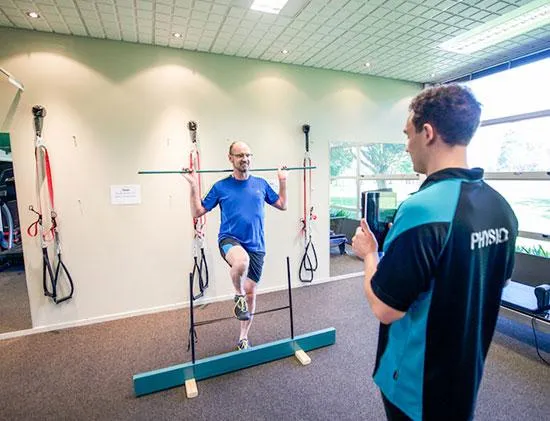
What is Vestibular Therapy and How Can It Help You?
Feeling unsteady or experiencing constant dizziness is not only uncomfortable but can also disrupt your daily life. If you’ve ever dealt with balance problems, you know just how challenging it can be to move around with confidence. That’s where vestibular therapy comes in—a targeted approach designed to address these specific issues and help you feel more in control of your movements.
What is Vestibular Therapy?
Vestibular therapy is a form of physiotherapy that focuses on the inner ear and brain, the areas responsible for controlling balance and eye movements. When these systems are out of sync, it can lead to symptoms like dizziness, vertigo, imbalance, and visual disturbances. Vestibular therapy uses tailored exercises and techniques to reduce these symptoms and improve your stability.
Common Conditions Vestibular Therapy Can Treat
Vestibular therapy is beneficial for a wide range of conditions, including:
Vertigo: A sensation of spinning or dizziness, often triggered by sudden movements or changes in head position.
Vestibular Neuritis: An infection or inflammation of the inner ear nerve that leads to severe dizziness and balance issues.
Meniere’s Disease: A chronic condition that causes vertigo, hearing loss, and a feeling of fullness in the ear.
BPPV (Benign Paroxysmal Positional Vertigo): A disorder that causes brief episodes of vertigo when you move your head in certain positions.
Post-Concussion Dizziness: Symptoms that persist after a head injury, affecting your balance and spatial awareness.
How Does Vestibular Therapy Work?
Vestibular therapy isn’t a one-size-fits-all approach. It’s personalised to meet your specific needs, with a combination of exercises that focus on retraining your brain and body to work together efficiently. Here’s a quick look at some of the key techniques used:
Balance Training: Exercises that improve your steadiness and reduce the risk of falls. These might include standing on different surfaces, walking with head turns, or simple movements that challenge your stability.
Gaze Stabilisation: Movements designed to help your eyes focus more effectively, even when your head is in motion. This is particularly helpful if you experience blurring or bouncing vision.
Habituation Exercises: If certain movements trigger your symptoms, these exercises gradually expose you to those triggers, helping your body become less sensitive over time.
How Vestibular Therapy Can Improve Your Quality of Life
Living with constant dizziness or feeling off-balance can limit your independence and make everyday activities difficult. Vestibular therapy can help restore your confidence and mobility, allowing you to enjoy the things you love without the fear of falling or feeling disoriented. Many find that regular therapy sessions lead to significant improvements in how they feel and move, making a noticeable difference in their overall well-being.
Take the First Step to Feel More Balanced
If you or someone you care about is struggling with dizziness or balance issues, vestibular therapy might be the answer you’re looking for. Understanding the root cause of your symptoms and working on them through targeted exercises can pave the way to a steadier, more enjoyable life.
At Muscle People Physiotherapy, we’re here to help you every step of the way. Interested in learning more? Reach out to discuss your needs or schedule an assessment.
Remember, life doesn’t have to feel like a constant balancing act. Vestibular therapy can be your path back to stability and confidence.



